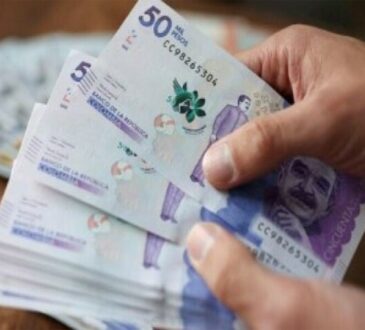
By Jaspreet Kalra
MUMBAI (Reuters) – The Indian rupee closed nearly flat on Monday after slipping to its weakest level on record earlier in the session amid a decline in the Chinese yuan, although dollar sales by state-run banks helped cap further losses in the domestic currency.
The rupee ended at 83.6575 against the U.S. dollar, nearly unchanged from its close at 83.6625 in the previous session. The currency hit an all-time low of 83.6775 earlier on Monday.
Despite healthy portfolio inflows, the rupee has remained under pressure in recent trading sessions.
Foreign investors have poured $5 billion into Indian equities and debt so far this month, per NSDL data, but the Reserve Bank of India likely absorbed a large part of the inflows, spurring a jump in foreign exchange reserves to a record high of $667 billion.
The RBI’s absorption of dollar inflows alongside heightened dollar demand from local importers, including oil companies, has kept the currency under pressure.
The central bank’s routine two-sided interventions have ensured that volatility remains muted while also capping gains in the currency, which by one measure is the most overvalued in six-and-a-half years.
Asian currencies were mostly weaker on Monday, with the offshore Chinese yuan down 0.1% at 7.29 after the country’s central bank unexpectedly cut interest rates.
“China’s clear bias for more stimulative policy is keeping the entire Asian FX complex on the back foot … we think the market will be focusing on whether USD/CNH trades above 7.30 again,” ING Bank said in a note.
The dollar index and U.S. bond yields were largely steady on Monday, signalling a muted market reaction after U.S. President Joe Biden abandoned his reelection bid on Sunday.
Investors now await the announcement of India’s budget on Tuesday and will focus on the government’s fiscal deficit target and gross market borrowing estimates.
(Reporting by Jaspreet Kalra; Editing by Sonia Cheema)




